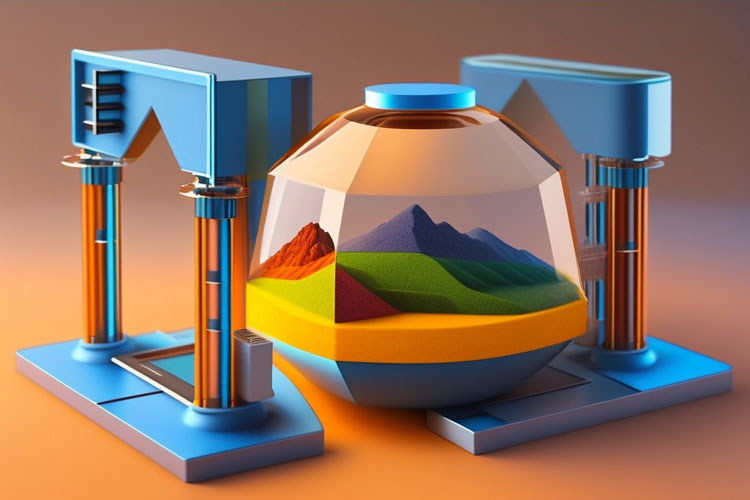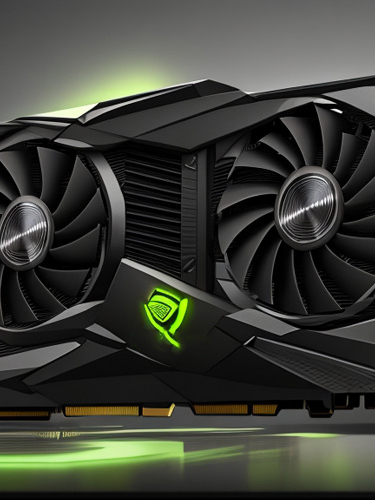Advertisement
Introduction
3D printing, also known as additive manufacturing, is a revolutionary technology that has transformed various industries, from aerospace to healthcare. This article will delve into the fascinating world of 3D printing, explaining its underlying principles, processes, and applications. So, let’s embark on a journey to uncover how a 3D printer works and the impact it has on our lives.
What is 3D Printing?
3D printing is an innovative manufacturing process that creates three-dimensional objects by adding material layer by layer. Unlike traditional subtractive manufacturing methods, where the material is removed from a solid block to obtain the desired shape, 3D printing builds up the object from scratch. This technique allows for greater design flexibility and complexity, making it a preferred choice in various industries.
History of 3D Printer
The concept of 3D printing dates back to the early 1980s when Charles W. Hull invented stereolithography (SLA) – the first-ever 3D printing technology. Over the years, various additive manufacturing techniques have been developed, paving the way for the widespread adoption of 3D printing in the modern era.
 Basic Principles of 3D Printing
Basic Principles of 3D Printing
1. Additive Manufacturing
At the core of 3D printing lies the principle of additive manufacturing, where a digital model is transformed into a physical object by adding successive layers of material on top of each other.
2. Computer-Aided Design (CAD)
The 3D printing process begins with a Computer-Aided Design (CAD) file that serves as a blueprint for the object to be printed. The CAD file is created using specialized software or obtained from existing 3D models.
3. Slicing Software
Once the CAD model is ready, slicing software is used to divide the digital model into thin horizontal layers. These layers are essential for the 3D printer to understand how to build the object layer by layer.
4. Materials Used in 3D Printing
Various materials can be used in 3D printing, including plastics, metals, ceramics, resins, and even food-based materials. The choice of material depends on the specific requirements of the printed object.
Types of 3D Printing Technologies
Fused Deposition Modeling (FDM)
FDM is one of the most common 3D printing technologies that use thermoplastic filaments as the printing material. The filament is heated and extruded through a nozzle, and the printer deposits it layer by layer.
Stereolithography (SLA)
SLA employs liquid photopolymer resins that are cured by a UV laser, selectively solidifying the resin layer by layer to create the final object.
Selective Laser Sintering (SLS)
SLS uses a high-powered laser to selectively fuse powdered materials, such as plastics or metals, together layer by layer.
Digital Light Processing (DLP)
DLP is similar to SLA but uses a digital light projector to cure the resin layer by layer, providing faster printing speeds.
Binder Jetting
Binder jetting involves depositing a liquid binder onto a layer of powdered material, bonding the particles together to form the object.
 Step-by-Step Process of 3D Printing
Step-by-Step Process of 3D Printing
Designing the Model
The first step in 3D printing is designing the 3D model using CAD software or obtaining a pre-existing model from online repositories.
Slicing the Model
The 3D model is then sliced into thin layers using specialized slicing software, generating instructions for the printer to follow.
Preparing the Printer
Before printing can begin, the 3D printer needs to be prepared by ensuring the print bed is level and the printing material is loaded.
Printing the Model
The 3D printer starts building the object layer by layer, following the instructions from the slicing software.
Post-Processing
Once the printing is complete, the object may undergo post-processing, such as cleaning, sanding, or painting, to achieve the desired finish.
Applications of 3D Printing
Prototyping and Product Development
3D printing allows rapid prototyping and iterative design, reducing the time and cost of developing new products.
Healthcare and Bioprinting
In the medical field, 3D printing is used to create custom prosthetics, dental implants, and even human tissues and organs through bioprinting.
Aerospace and Automotive Industries
The aerospace and automotive sectors use 3D printing to create lightweight components with complex geometries, improving fuel efficiency and performance.
Education and Research
3D printing has found its way into educational institutions and research labs, enabling hands-on learning and innovative experimentation.
Arts, Fashion, and Jewelry
Artists, fashion designers, and jewelers embrace 3D printing for creating intricate and unique designs that were once challenging to manufacture.
 Advantages and Limitations of 3D Printing
Advantages and Limitations of 3D Printing
Advantages
Design Flexibility
Customization
Reduced Waste
Faster Prototyping
Limitations
Material Limitations
Post-Processing Requirements
Print Size Restrictions
The Future of 3D Printing
The future of 3D printing is promising, with ongoing advancements in technology and materials. As the technology becomes more accessible and cost-effective, we can expect its integration into various industries and even household applications.
Conclusion
3D printing is a groundbreaking technology that has reshaped traditional manufacturing processes. By utilizing additive manufacturing principles, various 3D printing technologies can create intricate and customized objects with applications in diverse fields, from medicine to aerospace and beyond.
FAQs
Q: Is 3D printing only used for prototypes?
A: No, 3D printing has expanded its applications beyond prototyping and is now used in various industries for end-use products.
Q: What materials can be used in 3D printing?
A: 3D printing materials include plastics, metals, ceramics, resins, and even food-based materials.
Q: Can 3D printing be used in the medical field?
A: Yes, 3D printing has revolutionized healthcare, enabling the creation of custom prosthetics, implants, and even human tissues and organs.
Q: What does the future hold for 3D printing?
A: The future of 3D printing looks promising, with continued advancements and wider adoption across industries.
Advertisement
Related Post
September 2, 2023
Exploring the Innovative Real-Time Compositor in Blender
Read More




 Basic Principles of 3D Printing
Basic Principles of 3D Printing Step-by-Step Process of 3D Printing
Step-by-Step Process of 3D Printing
 Advantages and Limitations of 3D Printing
Advantages and Limitations of 3D Printing